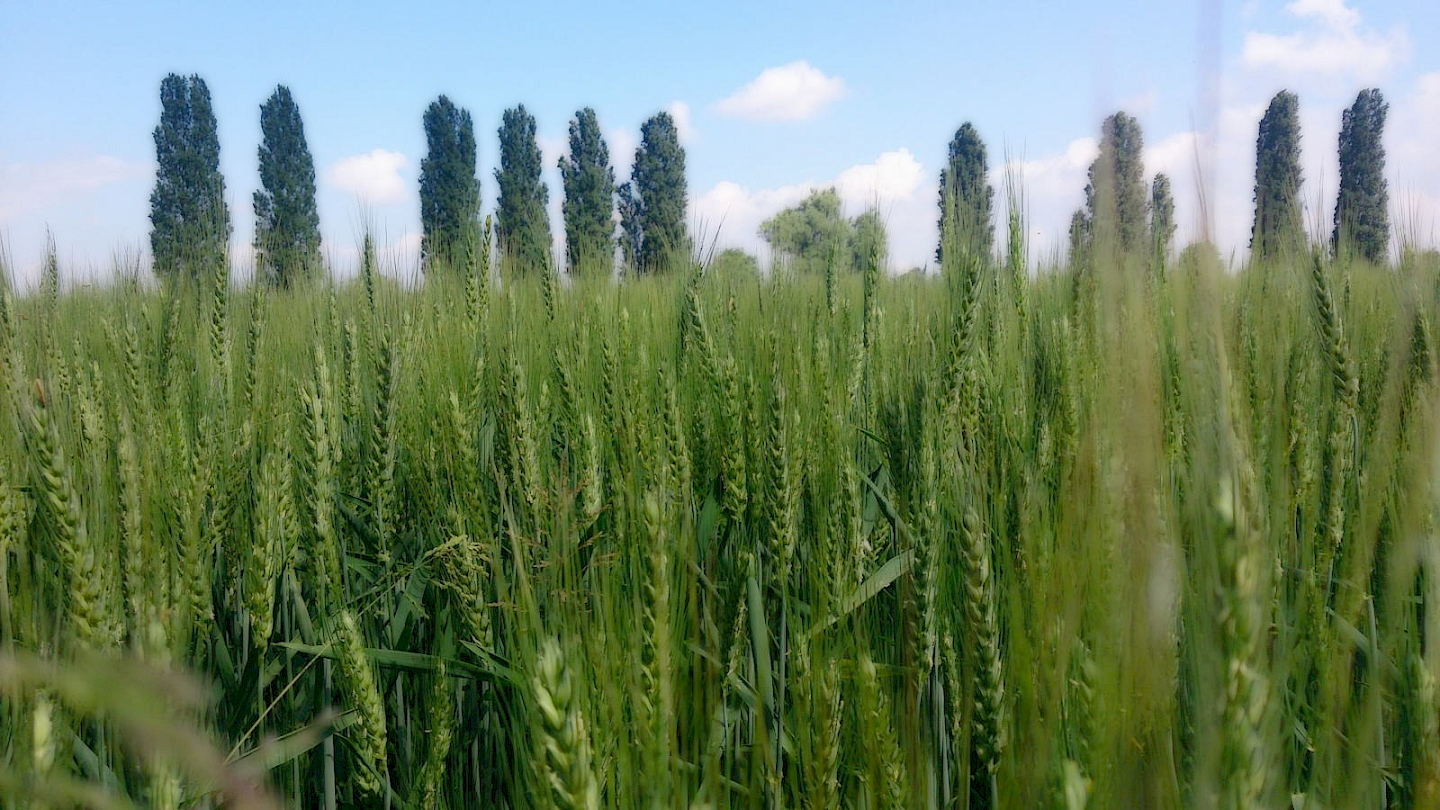According to FAO, the UN Agency for Food and Agriculture, to be sustainable agriculture must meet the needs of present and future generations, while ensuring profitability for farmers, environmental health and social and economic equity in rural areas. Sustainable food and agriculture contributes to all four pillars of food security – availability, access, use and stability – and to the dimensions of sustainability: environmental, social and economic.
How do we put the principles of sustainable agriculture into practice on our farm, which has surrounded Villa Selvatico da Porto for centuries? What inspires us in our daily agricultural activity?
First of all, a deep love for the earth and for our territory, from which comes the sense of responsibility of having to pass on to future generations an environment that still guarantees natural resources capable of supporting quality agricultural production: land, water, air, natural ecosystems.
For this reason, in our work we try to apply the most environmentally friendly cultivation techniques, reducing and optimizing the use of chemical fertilizers and plant protection products, and using the best seeds on the market for our crops, in order to maximize productivity with the same input level.
Our mission is also to reduce CO2 emissions due to tillage, increasingly using minimum tillage or no tillage techniques; this has the dual advantage of decreasing the use of fossil fuels and reducing the oxidation of the organic substance of the soil, which generates CO2. This second aspect is then fundamental for maintaining the fertility of agricultural soils.
Furthermore, digitalisation is taking on an increasingly important role, which allows us, through software designed for agriculture, field sensors and satellite images, to detect a large amount of data, from climatic to pedological data, to those relating to vegetative development of plants and their phytosanitary status. This allows us to optimize our cultivation practices, in order to make the most effective operational decisions for the crops and most respectful of the environment each time.
Our commitment to ecosystems is also maximum: in addition to the conservation of some precious traditional hedges and the historical park characterized by centuries-old tree specimens, in the last 25 years we have planted 4000 meters of hedges made up of a plurality of native essences, which guarantee a ideal habitat for insects and birds, as well as two groves located along the Tergola river, which act as a nesting place for birds and a refuge for small wild mammals.
Image gallery
-
 Loading...
Loading...Sods after ploughing -
 Loading...
Loading...Mist in the morning over the fields -
 Loading...
Loading...Spring crops: wheat and canola -
 Loading...
Loading...Poppies among the wheat -
 Loading...
Loading...Canola -
 Loading...
Loading...ripe wheat -
 Loading...
Loading...corn irrigation -
 Loading...
Loading...Sunflower -
 Loading...
Loading...Autumn works -
 Loading...
Loading...grove in winter -
 Loading...
Loading...Field hedges -
 Loading...
Loading...The weather station, a tool for precision agriculture













